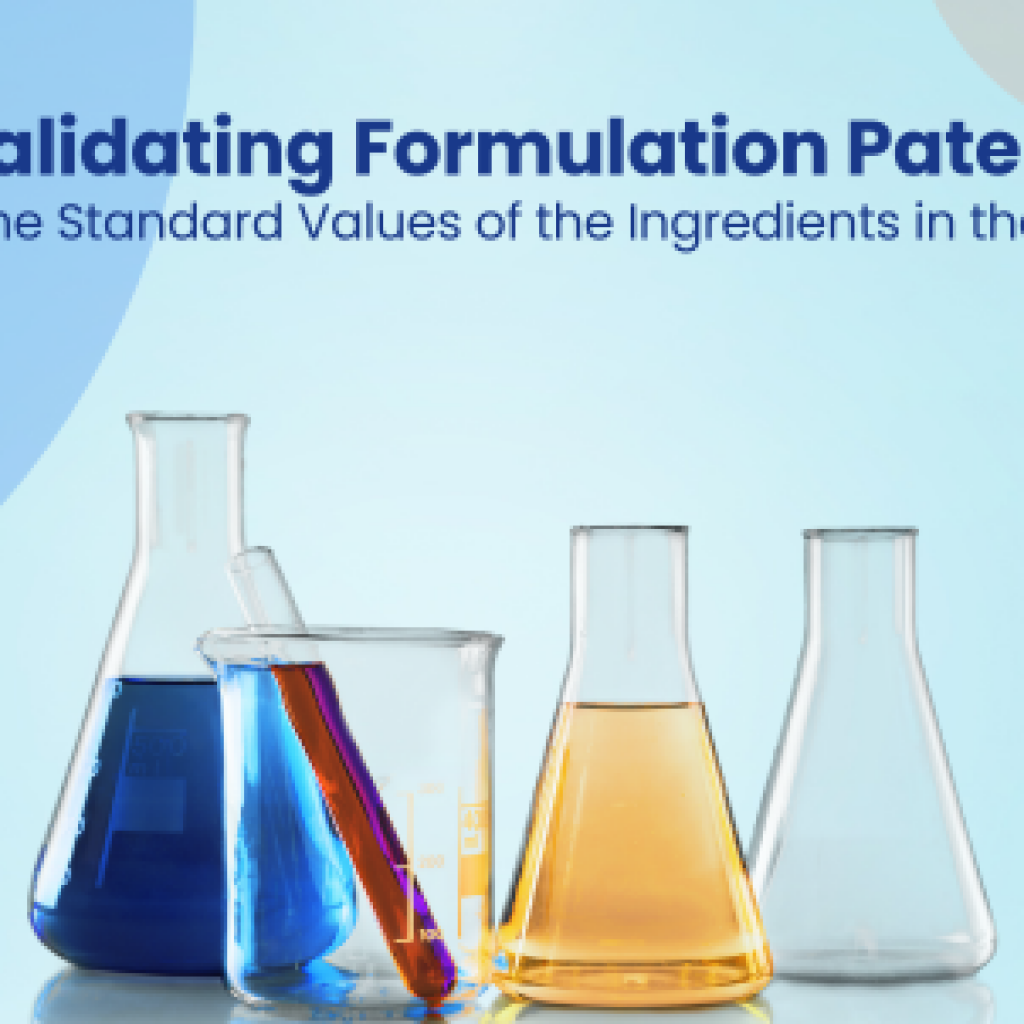The truth can hurt. But you can either run from it or learn from it!
You guessed it right, we are talking about feedback.
With the end of the quarter a fortnight ago and the quarterly feedback in progress, our managers – Shikhar, Rajesh, and Nikhil – presented their views on the 360 feedback system in an email trail. They also showcased how this system can help us learn and grow together.
What is 360-degree feedback and how is it helpful? Shikhar has it covered in his detailed mail, copy-pasted below.
Let’s have a look.
Sub: Getting 1% better every day
Dear Team Members,
I am not sure if the email regarding the 360-degree feedback system brought a smile to your face for having the flexibility to share feedback for mentors or doubt and questions on the use of it. The intent is to try things that can help us become better, know each other better, and receive thoughts openly and this appeared to be a good option.
Some background –
While collecting 360-degree feedback from team members we sensed that there is a need for a more efficient feedback system, one that can allow more frequent communication like you receive monthly feedback/project feedback.In addition to this, many members sometimes find it difficult to collect feedback points for mentors for long past situations. Hence, we thought about enabling everyone to give 360-degree feedback any time (enabling immediate action). Make it available to all the mentors instead of just one person collecting the feedback (more transparency). Hence, immediately addressing the situations/concerns/sharing the good points that should be scaled up.
Another important reason – at times when we got to know about certain situations we felt it was already late and knowing about it at the apt time would have helped in taking action. And at times things just stayed unattended because some members waited for a few months to share 360-degree feedback. But now it’s instantaneous. J
With the efforts of PDT members Paras, Smiksha and Anmol, we now have version 1 of it.
Now coming to the details of this system to help you understand and use it better –
Can I give feedback to anyone?
Yes, you can give feedback to any peer/mentor – within your team or outside. For example, a person in PDT can also share feedback for me or manager in the prior art team. Likewise, you can share feedback for your immediate mentor or anyone else in the hierarchy.
Will the person receiving the feedback see my name?
No, the person receiving the feedback will not see the feedback or name of the person giving the feedback. Instead, the feedback will be visible to the hierarchy above that person and in that department. For example – If you will give feedback to TL then managers and GMs will be able to see that so that they can use that feedback for improvement of the team/that person (without disclosing any details about the person giving the feedback).
Why is it not anonymous and why my name will be visible to mentors of the person receiving the feedback?
We want to genuinely work on the feedback and help the team members. Hence in some situations knowing the names will help to directly look into the details, coordinate with the required members to bring desired improvements.
When should I give feedback?
Whenever you feel there is a need to let the person know about some expectations, misunderstanding, good work, some lacking factor or something to be appreciated. Anything that you want to be passed on, just hit the ratings and add your comments for him/her.
What will happen on the feedback, how will it help?
Yes, I feel that this doesn’t need much explanation. Like we all receive feedback as a mentee and that helps us to bring out the best in us. As a mentor, it is also important to understand mentees well. Hence, feedback from mentees will also help. The feedback will be consumed by the mentors of the person receiving the feedback and they can work on necessary improvements.
Some points of caution while using this system –
A must-read before you start using 360-degree feedback system:
- Don’t give feedback just after a heated discussion, after receiving monthly/project feedback or simply when you are emotional over something. A rule of thumb is to avoid giving feedback when you are too happy or too sad. Calm down, and then go for it.
- Avoid blank ratings as just knowing the star ratings for a person will not bring any improvement.
- Don’t think that you need to give feedback monthly or quarterly. If you notice something that needs immediate attention then give feedback. Otherwise, you can continue giving monthly feedback.
- You need not limit feedback to your immediate mentor. If you observe something for your peer or some mentor in another team or department, you can also give feedback to them. You can also give feedback to your mentor’s mentor or anyone above him/her.
- If you are reading this, then let’s not wait. Try out this system, give feedback to some of your peers and mentors. Even your 5 minutes can be helpful.
Best regards,
Shikhar
While Shikhar shared about the 360-degree feedback system, it takes a little more, a reason to get anyone to use the system. Rajesh realized that and taking a common example, explained the core thought behind implementing the system.
Here’s what he had to say:
Hi Everyone,
Do you know how to calculate squares of any number that ends with 5? It’s easy, say the number is A5. Then its square is 100*A*(A+1) + 25. Let’s try it out, like for 15^2, A is 1, so it becomes 100*1*2 + 25 = 225. You can try it out for other numbers also. I discovered this pattern in class 7th and since then mathematics has become a part of my OCD.
Well, if you read the above lines with interest, I assume that you had an awesome long weekend and are refreshed. And I know that some of us have been working in bits and pieces over the weekend, but I hope they would have also been able to relax a bit, perhaps would have watched a movie or cooked something amazing or made Aglio Oilo. I took the opportunity and washed a lot of utensils (I just realized how many utensils we had actually :p, I washed all the utensils appearing in the picture on my own).
So, why I am writing this email? It happens that I talked to a lot of my school friends over the weekend and it turns out that their personal life is amazing, but job life is not so. This feeling of their got us into a long (really long) discussion, and I came to know that most of them do not get a chance to express their thoughts and are afraid as to what their mentors boss would think. Actually, some of them even don’t have a 360 discussion all year long.
Now, during this discussion, I realized that we have a 360 feedback system in place but I am not sure if we are using it to our advantage. So, I would urge you all to utilize the 360 feedback system on RP and express your feelings, specifically on the things you would like to be improved. And if anyone wants to propose a solution, they are most welcome.
Regards,
Rajesh
But there’s more to it.
Such feedback systems have a direct correlation with high performing teams. Citing research and the concept of “Psychological Safety” and how the feedback system can help make teams efficient, Nikhil gave us the ultimate incentive to start using the system.
What was the nudge? Read on to find out:
Good Morning Team,
Let’s start this day with some of the practices of the highest performing team – I was reading about the concept known as “Psychological Safety” that describes a set of condition that promotes open dialogue, encourage constructive criticism, and often establishes divergent thinking (which in turn tends to be the source of much innovation!)
Interestingly when the research was conducted on this concept with respect to different teams – they discovered that the highest functioning teams often reported the greatest frequency of errors/feedback among team members and some of the worst-performing teams had the least number of errors being reported.
Now, this thought led me to the 360-degree concept that we have here – more or less it is based on this concept itself i.e. how to promote the culture of the highest performing team. Rajesh recently shared an amazing example from his interaction with his friends about why it is important.
So I would request all of you to utilize this concept to make ourselves the highest performing teams – I am sure you all must be aspiring for the same.
For this, you need to open RP, go to User Management Tab à Details, and select the name you want to add 360 feedback form and fill in the details. Looking forward to receiving a lot of constructive feedback from your end.
Best regards,
Nikhil
P.S. The subject of this thread is 1% better, but I am sure this practice can make us at least 10% better in one go. If we keep doing that, you never know how frequently we can escalate our growth as a team to 100%.
That ends the email trail.
On a side note, I feel systems like 360-degree feedback can help you learn more about yourself. In the business world, what your colleagues and direct reports think and say about you can alter the course of your career trajectory. Wouldn’t you want to know what’s on their mind, and then take steps to improve your game?
Talking of improvement, Deepak Syal, Director at GreyB, tried to answer the question – Why some people seem to make constant progress in their professional lives while others fail?
It has something to do with how you take feedback. Read all about it here – This is the secret to a successful career.
Liked this post and want to know more about how we think? Head to this space and find out – Internal Emails Archives










